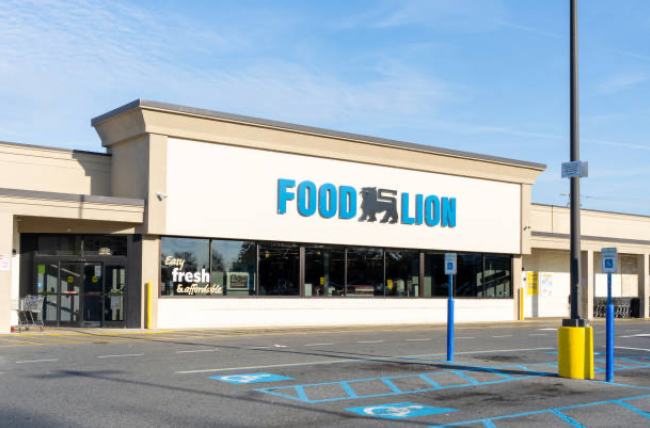What do you suppose a doctor trained in natural medicine really enjoys doing?
Actually, quite a few areas of my medical practice became more fun with that sort of training: training people in breath techniques and other mind-body medicine, making medicine from herbs and plants, for example.
But an area that consistently gives me great satisfaction is helping people to be healthier by clearing up confusion around foods. Mostly, I like to talk about the good foods: “eat more of that….” But sometimes, I have to emphasize some food related dangers that really should be avoided.
The prevalence of processed foods has created some landmines in our dietary choices. If all of our foods came straight from nature, most of these hazards would not exist. As my health and life coach wife would say, “If it didn’t grow from the ground or have a mother, don’t eat it.”
But face it, we all shop in supermarkets and buy things in packages sometimes. The industrialization of food makes shelf life, convenience and cost the top priorities, not the healthiness of the product. My hope is we can all become quicker to spot these dangers by recognizing certain signs on food labels. Today I want to focus on fructose.
“Wait,” you may be saying, “I thought sugar from fruit is good for you.”
Fruit is a healthy option, and natural fruit sugar is largely fructose. However, when we juice the fruits and concentrate the sugar, it is way too easy to get an overdose. That could be in the form of “natural” fruit juice, or manufactured drinks sweetened with high fructose corn syrup. High intake of fructose may be more dangerous than other sugars because of its effect on the liver.
The liver is forced into metabolizing excess fructose into fat, which then can be stored in the liver, possibly leading to long term damage. That excess fruit sugar can also be stored as fat in other places around the body, leading to unwanted weight gain. It’s easy for us to fall into this trap, because even as little as a daily intake two bottled drinks sweetened with fructose may be enough to start the liver damage.
High fructose corn syrup is the most common way this excess of fructose shows up in the American diet. This is used commonly in crackers, pasta sauces, ice cream, salad dressings and even canned vegetables. I know you have heard the admonition before, but label reading on processed foods is imperative. Read labels and avoid all foods sweetened with it and limit juice intake, even for children, to one cup a day.
[adrotate banner=”15″]
And to make this practical, here’s a simple change you can make: salad dressing made at home. Sometimes we fool ourselves into thinking that it would take too long to prepare our own salad dressings and sauces, when in reality you will save your health and your wallet when you control the ingredients. And it can be quick also!
Here’s a quick and simple salad dressing that you can make easily in the blender and enjoy with no hidden dangers!
Honey Balsamic Dressing
Ingredients:
1 cup extra virgin olive oil
2 Cloves Garlic,
4 Tbsp Balsamic vinegar,
1 Tbsp honey,
1 tsp of mustard (your choice Dijon or spicy),
Pinch -1/2 tsp. salt
Pepper to taste
Add some fresh herbs if you like: basil, oregano, parsley.
Put all ingredients in the blender and process for a minute or two and serve over your favorite greens!











